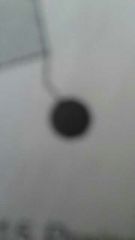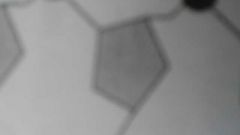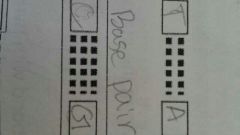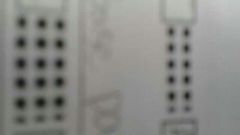![]()
![]()
![]()
Use LEFT and RIGHT arrow keys to navigate between flashcards;
Use UP and DOWN arrow keys to flip the card;
H to show hint;
A reads text to speech;
16 Cards in this Set
- Front
- Back
|
Phosphate |

Phosphate diagram |
|
|
Deoxyribose Sugar |

Deoxyribose diagram |
|
|
Complementary Bases |

C➡G A➡T OR G➡C T➡A |
|
|
Hydrogen Bonds |

3 hydrogen bond for cytosine (C) and guanine (G) 2 hydrogen bonds for adenine (A) and thymine (T) |
|
|
Components of a nucleotide |
Sugar (deoxyribose) , phosphate, and a base (adenine, thymine, cytosine, or guanine) |
|
|
Types of nucleotides |
Guanine, Cytosine, Thymine and Adenine |
|
|
Purine |
•Has two rings in their structure. •Purine is big in size • Adenine and Thymine are purines in DNA |
|
|
Pyrimidine |
• Has on ring • Is small in structure • Pyrimidines in DNA are cystosine (C) and guanine (G) |
|
|
Why do fragments move and seperate in Gel Electrophoresis? |
They move b/c the smaller the fragment the farther it goes. They seperate based on size. |
|
|
Roles of restriction enzymes in the production of restriction fragments. |
Restriction enzymes cut DNA at a specific site. They do not cut randomly; have a set sequence. |
|
|
What do blood cells have |
They have protein antigens. |
|
|
What do antibodies do? |
They bind with protein antigens that result in clumping. |
|
|
Why does blood clumping occur? |
When antibodies bind to antigens from a specific blood type. |
|
|
Environment is cold |
Body cools down faster |
|
|
Environment is hot |
Body cools down slower |
|
|
Room temperature |
Body changes a bit of temperature but stays the same. |

